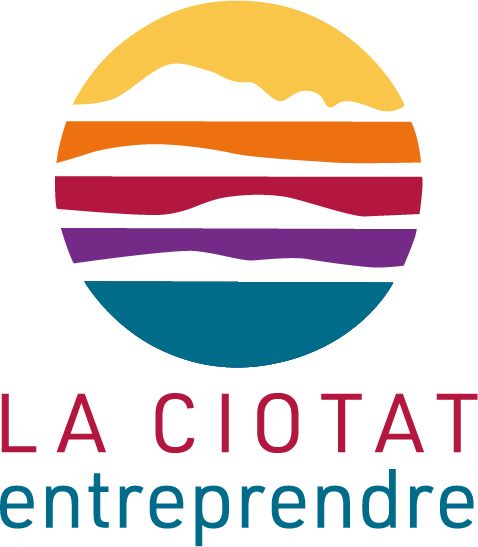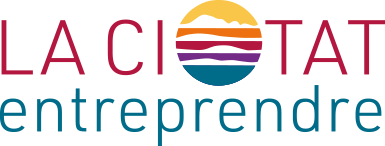
Pakalljob
FollowOverview
-
Date de fondation 13 août 1961
-
Secteurs Services
-
Posted Jobs 0
-
Vues 60
L'entreprise
The Employment-Based Green Card: Your Comprehensive Step-by-Step Guide – Reddy Neumann Brown PC
The employment-based permit process is a multi-step procedure that enables foreign nationals to live and work permanently in the U.S. The procedure can be complicated and lengthy, however for employment those seeking irreversible residency in the U.S., it is a necessary action to attaining that objective. In this article, we will go through the actions of the employment-based permit process in detail.
Step 1: PERM/Labor Certification
The PERM/Labor Certification process is usually the initial step in the employment-based permit procedure. The process is developed to guarantee that there are no qualified U.S. workers available for the position which the foreign worker will not negatively impact the wages and working conditions of U.S. employees.
Submit the Prevailing Wage Application
The employer begins the PERM procedure by preparing the job description for the sponsored position. Once the task details are settled, a prevailing wage application is sent to the Department of Labor (DOL). The prevailing wage rate is defined as the average wage paid to similarly employed workers in a specific profession in the area of desired employment. The DOL concerns a Prevailing Wage Determination (PWD) based on the specific position, job responsibilities, requirements for the position, the location of intended work, travel requirements (if any), amongst other things. The prevailing wage is the rate the employer should a minimum of provide the permanent position at. It is likewise the rate that needs to be paid to the employee once the permit is received. Current processing times for prevailing wage applications are 6 to 7 months.
Conduct the Recruitment Process
PERM guidelines require a sponsoring company to evaluate the U.S. labor market through different recruitment methods for « able, willing, qualified, and readily available » U.S. workers. Generally, the company has 2 alternatives when deciding when to start the recruitment process. The company can begin marketing (1) while the dominating wage application is pending or (2) after the PWD is released.
All PERM applications, whether for a professional or non-professional profession, require the following recruitment efforts:
– 1 month job order with the State Workforce Agency serving the area of designated work;
– Two Sunday print ads in a newspaper of general blood circulation in the location of designated work, many proper to the occupation and probably to bring reactions from able, prepared, qualified, and offered U.S. employees; and
– Notice of Filing to be published at the job site for a duration of 10 successive company days.
In addition to the obligatory recruitment pointed out above, the DOL needs 3 additional recruitment efforts to be posted. The employer must pick 3 of the following:
– Job Fairs
– Employer’s company site
– Job search site
– On-Campus recruiting
– Trade or employment expert company
– Private work firms
– Employee referral program
– Campus positioning workplace
– Local or ethnic paper; and
– Radio or TV ad
During the recruitment procedure, the employer might be evaluating resumes and carrying out interviews of U.S. employees. The employer should keep comprehensive records of their recruitment efforts, consisting of the variety of U.S. employees who got the position, the number who were interviewed, and the reasons that they were not employed.
Submit the PERM/Labor employment Certification Application
After the PWD is issued and recruitment is total, the company can submit the PERM application if no competent U.S. workers were found. Currently the DOL is taking 8 to 9 months to process PERM applications after submission. The day the PERM application is filed develops the recipient’s concern date and figures out his/her location in line in the green card visa queue.

React To PERM/Labor Certification Audit (if any)
An employer is not required to send supporting documents when a PERM application is filed. Therefore, the DOL carries out a quality assurance procedure in the type of audits to guarantee compliance with all PERM policies. In the event of an audit, the DOL normally requires:
– Evidence of all recruitment efforts carried out (copies of advertisements positioned and Notice of Filing);.
– Copies of candidates’ resumes and finished employment applications; and.
– A recruitment report signed by the employer explaining the recruitment actions undertaken and the outcomes attained, the variety of hires, and, if applicable, the number of U.S. applicants turned down, summed up by the specific legal job-related factors for such rejections.
If an audit is released on a case, employment 3 to 4 months are contributed to the overall processing time of the PERM application.
Receive the Approved PERM/Labor Certification
If the PERM application is approved, the company will get it from the DOL. The authorized PERM/Labor Certification confirms that there are no qualified U.S. workers offered for the position which the beneficiary will not adversely affect the incomes and working conditions of U.S. employees.
Step 2: I-140 Immigrant Petition
Once the PERM application has actually been authorized, the next action is to submit an I-140 immigrant petition with U.S. Citizenship and Immigration Services (USCIS). The petition should include the authorized PERM application and proof of the recipient’s qualifications for the sponsored position. Please note, depending on the choice classification and nation of birth, a recipient may be eligible to file the I-140 immigrant petition and the I-485 change of status application concurrently if his/her priority date is current.
At the I-140 petition phase, the company should also show its capability to pay the beneficiary the proffered wage from the time the PERM application is submitted to the time the permit is issued. There are 3 ways to show ability to pay:
1. Evidence that the wage paid to the recipient amounts to or greater than the proffered wage (pay-stubs, W-2s);.
2. Evidence that the business’s earnings amounts to or employment greater than the proffered wage (annual report, income tax return, or audited financial declaration); OR.
3. Evidence that the company’s net possessions are equal to or higher than the proffered wage (yearly report, tax return, or declaration).
In addition, it is at this phase that the employer will choose the employment-based preference category for the sponsored position. The category depends upon the minimum requirements for the position that was listed on the PERM application and the employee’s certifications.
There are a number of categories of employment-based permits, and each has its own set of requirements. (Please note, some categories may not require an approved PERM application or I-140 petition.) The classifications consist of:
– EB-1: Priority Workers.
– EB-2: Professionals Holding Advanced Degrees and Persons of Exceptional Ability.
– EB-3: Skilled Workers, Professionals, and Unskilled Workers (Other Workers).
– EB-4: Certain Special Immigrants.
– EB-5: Immigrant Investors
After the I-140 petition is submitted, USCIS will examine it and might ask for additional information or documents by providing a Demand for Evidence (RFE).

Step 3: Permit Application
Once the I-140 immigrant petition is approved, the beneficiary will inspect the Visa Bulletin to determine if there is a readily available green card. The real permit application can just be filed if the beneficiary’s priority date is existing, employment meaning a permit is instantly available to the beneficiary.
Monthly, the Department of State publishes the Visa Bulletin, which sums up the availability of immigrant visa (green card) numbers and suggests when a permit has appeared to a candidate based upon their preference category, country of birth, and priority date. The date the PERM application is filed establishes the recipient’s top priority date. In the employment-based immigration system, Congress set a limitation on the variety of permits that can be provided each year. That limitation is presently 140,000. This means that in any given year, the maximum number of permits that can be provided to employment-based candidates and their dependents is 140,000.
Once the beneficiary’s concern date is existing, he/she will either go through adjustment of status or consular processing to receive the green card.
Adjustment of Status
Adjustment of status includes making an application for the green card while in the U.S. After a change of status application is filed (Form I-485), the recipient is informed to appear at an Application Support Center for biometrics collection, which typically involves having his/her image and signature taken and being fingerprinted. This info will be utilized to perform required security checks and for eventual development of a permit, work permission (work permit) or advance parole file. The recipient may be informed of the date, time, and area for an interview at a USCIS workplace to respond to questions under oath or affirmation relating to his/her application. Not all applications need an interview. USCIS authorities will review the beneficiary’s case to identify if it fulfills among the exceptions. If the interview succeeds and USCIS approves the application, the beneficiary will receive the permit.
Consular Processing
Consular processing includes looking for the permit at a U.S. consulate in the beneficiary’s home country. The consular workplace establishes an appointment for the recipient’s interview when his/her top priority date becomes present. If the consular officer grants the immigrant visa, the beneficiary is offered a Visa Packet. The beneficiary will pay a USCIS Immigrant Fee which is utilized by USCIS to process the Visa Packet and produce the permit. The beneficiary will provide the Visa Packet to the U.S. Customs and Border Protection (CPB) officer at the port of entry. The CBP officer will examine and determine whether to admit the recipient into the U.S. If admitted, the beneficiary will receive the green card in the mail. The permit acts as evidence of long-term residency in the U.S.



